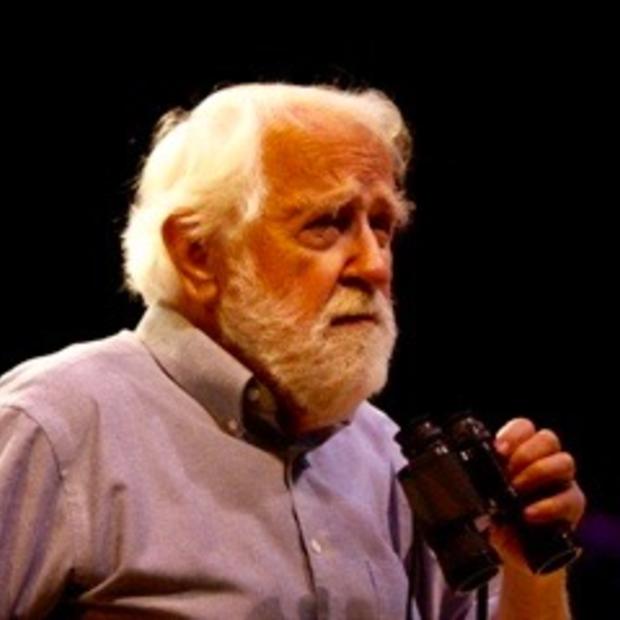It may be that coal and fish can get along, side by side. But negotiators trying to make that happen on the Northwest Washington coast called it quits this week.
SSA Marine of Seattle, the giant seaport builder and operator, has been in talks for more than a year with a coalition of public interest groups, trying to agree on ways to save what remains of a once-great herring population at Cherry Point, just north of Bellingham. The fish, in sharp decline for the past 10 years, are in the way of the planned Gateway Pacific Terminal, where SSA proposes to ship upwards of 48 million metric tons of coal per year to Asian ports, along with eight million tons of mixed cargo including grain and fertilizers.
SSA bargained with the same organizations for several years over the design of a port that would have accommodated the 8 million tons of mixed cargo, but with no mention of coal. The two sides agreed, finally, and signed a settlement agreement in 1999. That agreement specified that no more than one new pier would be built, and spelled out design and location of the pier with regard to herring beds.
When the company announced its plans for the largest coal terminal in North America, it invited the coalition to re-open the discussions and try to agree on details of the much larger terminal and protections for the fishery and other environmental assets.
Seattle attorney Joshua Osborne-Klein represents the citizens’ groups — League of Women Voters, Audubon, People for Puget Sound, and Washington Environmental Council — who’ve been bargaining with SSA Marine. Klein told Crosscut Monday that the talks fell apart over details of enforcement, timing of the construction of the port, and “how to deal with the uncertainty over the condition of the resource.”
Klein recited a list of protections that were part of the bargaining process:
- no berthing of ships or loading of coal during a 40-day period when the herring are spawning.
- mid-ocean “ballast exchange” — emptying water ballast from foreign ports and re-ballasting with clean water, to get rid of any invasive species that might be carried in the ballast.
- repositioning of the pier to keep the 72-foot-draft ocean freighters, the largest in the world. from penetrating eel grass beds, where the herring spawn and young salmon grow.
“Hey, we agreed to all those things,” SSA's Bob Watters told Crosscut. He’s an SSA vice president who deals with media concerning the Cherry Point project. “We went further than any project of this kind has ever gone in agreeing to protections. We even agreed to pay the full cost of ballast inspection (to eliminate any invasive species that might hitchhike). But they walked away. We’re very disappointed.”
As part of the 1999 settlement agreement, SSA Marine had promised to conduct a series of biological studies to provide base line information about the herring and other species. The corporation acknowledges that most of the studies never got done. That failure raised doubts about any new agreement, according to Tanya Baumgart of the League of Women Voters of Bellingham/Whatcom County, one of the negotiators.
“Since they (SSA) failed repeatedly to do what they had promised, we don’t have faith that they’ll follow through on anything they promise,” she told Crosscut.
It isn’t just the herring that troubles environmental scientists who study Cherry Point. The herring are life-supporting food for shorebirds, and for troubled runs of Chinook salmon. The salmon in turn are prime food for stressed Puget Sound Orcas.
Had SSA Marine found common ground with the coalition of citizens’ groups, it might have been spared some rough going in the coming environmental impact studies, expected to begin in a few months. The end of negotiations means SSA Marine is on its own, heading into long and complex hearings before the Washington Department of Ecology, Whatcom County, and the U.S. Army Corps of Engineers. The hearings are to spotlight every potential damaging effect of a coal port of unprecedented size, on one of the West’s most sensitive shorelines.

